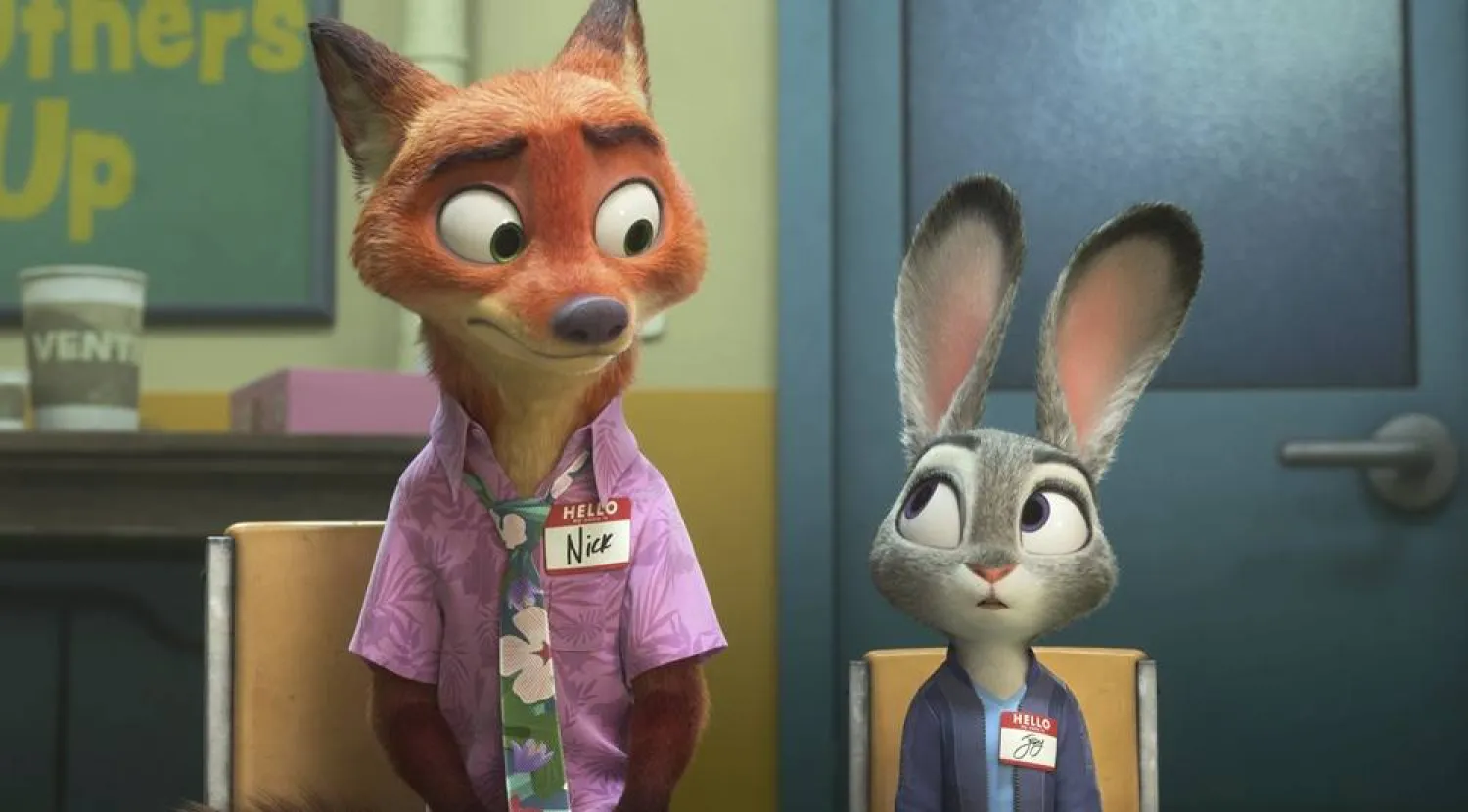Flamin’ Hot Cheetos get an origin story worthy of any Marvel superhero with Hulu’s totally engrossing “Flamin’ Hot.” It’s the tale of how a struggling Mexican American janitor came up with the idea of adding spice to the cornmeal, forever saving after-school snacking.
Is it true? Probably not. Don’t let that stop you.
You’ll wish “Flaming Hot” was accurate because it’s a winning tale of perseverance, family love, proud heritage and blue-collar success, told with a wink, some Cheetos dust and a ton of love by Eva Longoria, in her directorial debut.
Jesse Garcia stars as Richard Montañez, a one-time Frito-Lay floor-sweeper in southern California who convinced his bosses to make a snack that celebrates the flavors of Mexico despite a seven-layer dip of sceptics.
“New products take years to develop, cost millions to launch and they do not get created by blue-collar hoodlums, who probably can’t spell hoodlum,” our hero is told.
Nevertheless, Montañez persists, cracking the Latino market and repairing his relationship with his abusive father along the way. “I’m the guy who helped bring the world the most popular snack it’s ever seen,” he says in a voice-over.
It’s an unlikely story, for sure. No, really. It’s unlikely. The Los Angeles Times has published allegations that Montañez fabricated his role in the snack’s creation and Frito-Lay says he “was not involved.”
But Longoria and the screenplay by Lewis Colick and Linda Yvette Chávez — based on Montañez memoir — will have you cheering when the gnarled red snacks finally zip along on an assembly line and you’ll be ready to gleefully fist-bump Montañez, played understatedly but with deep soul by Garcia.
This is more than just a snack-version “Rocky” story, with the filmmakers exploring the insecurity of factory shift workers, the stress of integrating into white culture, how hard it is for corporations to innovate and the ability to silence the voices in your head that urge you to quit.
In one heartbreaking early scene, Montañez — so poor he waters down the milk for his kids and uses chewing gum to seal holes in their shoes — is wide-eyed at the Frito-Lay factory until he notices all the overcooked chips are tossed. “People are always trying to throw away the brown ones,” he says.
The filmmakers enliven their story with wonderful flights of fancy, like when we see Montañez lose it and beat up a manager with a mop after being called Paco. “Nah, just kidding,” he says in the voice over. “What you think? It was my first week on the job.”
To show the passage of time during the Reagan administration, they’ve also cleverly got a man on the factory floor holding a box reading “1985,” the extruder pumps out “1986” and forklifts carrying boxes that read “1987” and “1988.”
There are a few references to Frito-Lay scientists in the Midwest also working on a spicy flavor, but this is strictly a fist-in-the-air portrayal of Montañez alone, set to a soundtrack of Latin artists like Santana, Los Lobos and Ozomatli.
His heroic arc is more than a little unbelievable, especially when he taps his former drug-dealing pals to start handing out free bags of chips like pushers, and for the many times he jumps up on a piece of factory equipment to deliver a “Dead Poets Society”-like speech.
Dennis Haysbert as a gruff engineer, Annie Gonzalez as Montañez’s loving wife and Tony Shalhoub as the CEO of Frito-Lay all add welcome flavor notes.
It’s the montages that really shine, like the moment in a park when Montañez, eating elote and watching everyone put hot sauce on their food, gets a vision of a spicy snack. “I had been searching for an answer. Or a door to open. And there it was all around me. It had been there the entire time,” he says.
There’s also the sequence when he and his family try every chile combo — poblano, pasilla, serrano, guajillo and habanero included — until they find the right formula, often hovering around their youngest kid as he samples a chip and gives them the green light.
The final product is credited with opening the door to cool new convenience store flavors and for US corporations to finally respect the Latino market. That’s a lot of stuff to put in a bag of chips, even if it’s all made up. But it’s so fun to watch. It burns so good.









